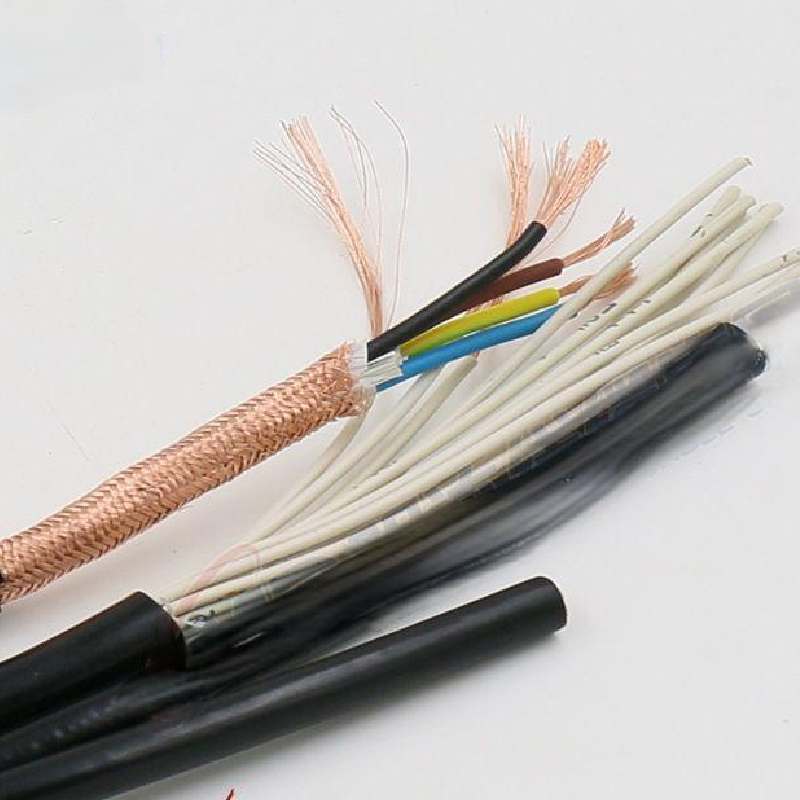Dec . 22, 2024 06:38 Back to list
wafer style butterfly valve
Understanding Wafer Style Butterfly Valves A Comprehensive Overview
In industrial applications, the choice of valves plays a crucial role in ensuring efficient workflow and maintaining safety standards. Among the various types of valves available, wafer style butterfly valves have gained prominence due to their unique design features and benefits. This article explores the construction, functioning, advantages, and applications of wafer style butterfly valves.
What is a Wafer Style Butterfly Valve?
A wafer style butterfly valve is a quarter-turn valve that utilizes a circular disc as the primary flow control mechanism. The valve is typically sandwiched between two flanges, which allows for easy installation and maintenance. Unlike traditional valves that require significant space for operation, wafer style butterfly valves are compact and lightweight, making them suitable for a variety of applications.
Construction and Operation
The design of a wafer style butterfly valve consists of a body, a disc, a stem, and a seat. The body, generally made of durable materials such as cast iron, stainless steel, or plastic, provides structural integrity. The disc, which rotates around a central axis, controls the flow of fluid by either obstructing or allowing passage through the valve.
To operate the valve, a handle or actuator is connected to the stem. When the handle is turned 90 degrees, the disc either opens or closes, enabling the flow of liquid or gas. This simple mechanism allows for quick operation, making wafer style butterfly valves ideal for applications requiring rapid flow control.
Advantages of Wafer Style Butterfly Valves
1. Space-Efficient Design One of the primary benefits of wafer style butterfly valves is their space-saving design. These valves can fit into tight spaces where traditional valves may be impractical, which is especially useful in crowded mechanical rooms or small piping layouts.
wafer style butterfly valve

2. Lightweight Due to their construction materials and design, wafer style butterfly valves are considerably lighter than many other valve types. This makes them easier to handle and install, as well as reducing the overall weight burden on the piping system.
3. Cost-Effective The manufacturing process of wafer style butterfly valves is relatively straightforward, leading to lower production costs. This, combined with their minimal maintenance requirements, makes them an economical choice for many industrial applications.
4. Versatility Wafer style butterfly valves can be used in a variety of applications across different industries, including water treatment, chemical processing, food and beverage, and HVAC systems. Their ability to handle various media, including slurries, gases, and liquids, further enhances their versatility.
5. Reliable Performance With a robust design, wafer style butterfly valves provide reliable performance over time. Their simple mechanism ensures minimal wear and tear, leading to a long operational lifespan.
Applications
Wafer style butterfly valves are widely utilized across numerous sectors. In the water treatment industry, they control the flow of treated water and chemicals. In HVAC systems, they regulate air flow and pressure, enhancing system efficiency. Additionally, these valves are used in the oil and gas industry for flow control in pipelines, contributing to safe and efficient operations.
Conclusion
Wafer style butterfly valves represent a practical and effective solution for fluid control in various industrial settings. Their compact design, lightweight nature, and cost-effectiveness make them an ideal choice for a myriad of applications. As industries continue to evolve, the demand for efficient and reliable valves like the wafer style butterfly valve is expected to remain strong, proving their worth in modern engineering and industrial practices. Whether for new installations or retrofitting existing systems, wafer style butterfly valves continue to be a top choice for engineers and designers worldwide.
Share